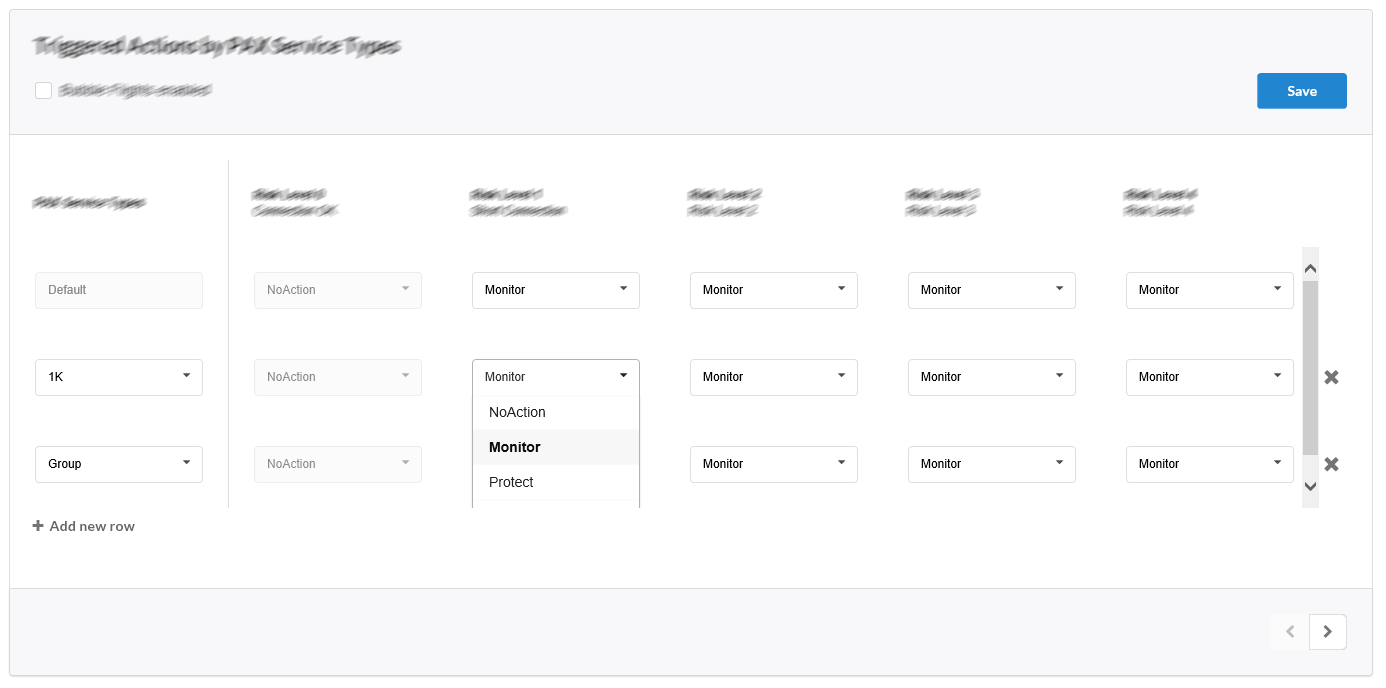

- #Semantic ui browser default select dropwdown how to#
- #Semantic ui browser default select dropwdown install#
- #Semantic ui browser default select dropwdown code#
- #Semantic ui browser default select dropwdown password#
- #Semantic ui browser default select dropwdown windows#
That will have created a semantic.json file as well. Navigate to the semantic folder and display all items. Save the semantic UI components in the folder “semantic” so just hit enter: Make sure that the project folder is correct or select “No, let me specify” and enter the correct path: Now add the Semantic UI dependencies by running: Just hit enter through each of the items and it will fill in the defaults. It will prompt you to enter some info to create a package.json file. Next, start a new npm project by running: Next create a new project folder (I’ve named mine practice_project ) and navigate to it: You may need to add sudo in front of the command or if you’re using windows, run the command prompt as an administrator.
#Semantic ui browser default select dropwdown windows#
You’ll have to make sure you have Node.js installed and start up terminal (command prompt for Windows users).
#Semantic ui browser default select dropwdown install#
There are examples of full page layouts, content, themes, and even a completed login form.īefore we can use Semantic UI, we have to install the package and start a new npm project. It might be worth checking out some of the completed examples under “Layouts” in the “Usage” tab.

#Semantic ui browser default select dropwdown how to#
So now you have an idea of how Semantic UI builds and styles the elements, let’s take a look at how to add the Semantic UI library to an HTML file.
#Semantic ui browser default select dropwdown password#
In this example, none of the text fields may be empty, the password must be at least 6 characters long, there must be at least 2 skills selected, and the terms box must be checked in order for the form to be valid and submit to work properly. Each rule describes a behaviour that must not occur in order to be a valid input. Note how each of the fields has a distinct name and a rule beside it in a dictionary format. With the short-form validation rules and criteria looking something like this: That can be found at the bottom under the “Behaviours” tab. Forms can be found under the “Collections” tab but rather than explore the element itself, we will focus more on Semantic UI form validation for now. A prime example of form usage would be a login system in which users have to enter a username and password and can only proceed to their account page if the input is valid. Formsįorms provide a way to take in user input, validate the input, and perform some action. The separate classes of “image”, “content”, “header”, “meta”, “data”, “description”, “extra content”, and “user icon” all apply various predefined styles that help make the card look complete. Note how this one is a set of elements enclosed in the “ui card” class. Kristy is an art director living in New York. These elements are perfect for displaying some profile information similar to how a playing card may be formatted. CardsĬards are used to display a picture with some information and can be found under the “Views” tab in the Semantic UI documentation. Adding in the color will choose from one of the predefined colors available. However, by assigning the class of “ui button”, each button will adopt the basic Semantic UI styling. Note how each of the elements is of the type “button”. In order to display the source code, simply click on the “” button shown above.
#Semantic ui browser default select dropwdown code#
Some examples of colored buttons with the source code look like this: You can find these under the “Elements” tab in the Semantic UI documentation. Buttonsīuttons are used to trigger some action when pressed almost every webpage will use buttons at some point. We will examine Buttons, Cards, and Forms. Each component page gives an overview of what the element is used for and provides various examples with the source code and the output. Let’s quickly check out a few of the components to get a feel for how Semantic UI code works. There are different kinds of elements or groups of elements under the tabs: “Elements”, “Collections”, “Views”, and “Modules”. In the documentation, we can find the layout and frame elements under the tab “Layout” and the widgets and other components are spread over multiple different tabs. For now, we will spend most of our time in the documentation:

Here we will take a look at the Semantic UI documentation, examine a few elements to see what the source code looks like, and then see how to add the element to our webpages. It’s a copy-and-paste framework so learning how to navigate the website to find the widgets and frames that we want will save us time in the long run. An important part of using Semantic UI is getting familiar with the website.


 0 kommentar(er)
0 kommentar(er)
